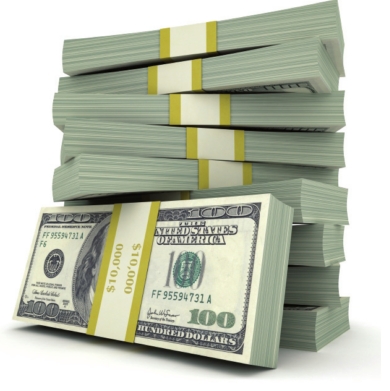
Setting financial goals for 2016
(BPT)
— Almost every New Year, money-related goals rank near the top of
resolution lists, right alongside "eat healthier."
The
struggle is real. Many fry to save money — at least for a few weeks
— by bringing a sack lunch to work, driving past their fancy coffee
shop or ignoring enticing emails of storewide clearance sales.
USAA
Bank surveyed people of all ages and income levels about how they
save money and find extra cash in a pinch. Though many respondents
said they are frying to save, most expressed difficulty doing so.
"Savings are typically based on life stages. Those who are just
starting out are saving for a major purchase, such as a car or home.
If you're older you're more focused on retirement," Mikel Van
Cleve, director of personal finance advice at USAA, said.
As
expected, USAA's research found a person's ability to save largely
depends on their age and household income. Older Americans and those
with greater incomes use their savings to cover unexpected expenses
and save for retirement.
Those with household incomes less than
$35,000 are significantly more likely to say they're not able to save
regularly. To be sure, economists say slower income growth in the
last decade also may have contributed to inadequate savings levels.
When asked how they cover unexpected expenses, most respondents
reported taking money out of a savings account. However, nearly half
of respondents seek out additional work; 35 percent have been
compelled to borrow money from family and friends; 23 percent have
sold personal items and 8 percent have taken out a payday loan.
More
than half of American households have less than one month of income
available in readily accessible savings to use in case of an
emergency, according to a new report from the Pew Charitable Trusts.
Household Saving Rate in the United States increased to 5.6 percent
in October from 5.3 percent in September of 2015, the highest since
December 2012 according to the U.S. Bureau of Economic Analysis.
Personal Savings in the United States avenged 8.36 percent from 1959
until 2015, reaching an all-time high of 17 percent in May of 1975
and a record low of 1.90 percent in July of 2005.
The good news is
that eliminating the occasional grande macchiato and ignoring a
swanky handbag that's finally 50 percent off, might not be necessary
or most effective. I/ Montanaro, certified financial planner at USAA,
said there's a better way to save.
He offers a few simple strategies
to try in 2016:
• Review
routine bills and compare service providers. Look for ways of
reducing fees and costs.
• Look
into refinancing your mortgage or auto loan — you may qualify for a
lower rate. It doesn't hurt to ask.
• Find
the right credit card. Look for a card with a low interest rate or
cash-back rewards.
• Trade
down to a less expensive car. We often spend more on transportation
than necessary.
"Most people think that in order to make a dent
in their savings, they have to cut out all unnecessary daily expenses
like trips to the coffee shop, but there are other ways to help you
save more and reduce annual spending," Montanaro said.
MORE
INFORMATION:
V
To learn more about how USAA can help you reach your financial goals,
go to Imvw.usaa.com.